Bonsai trees are beautiful, miniature plants grown in pots. They are often kept indoors or outdoors depending on their size. Some bonsai trees are expensive, costing millions of dollars.
Bonsai trees are cultivated using techniques such as pruning, grafting, fertilizing, watering, and repotting. These techniques allow bonsai growers to create unique shapes and sizes.
Bonsai trees originated from China and Japan. The art of growing bonsai trees has been passed down through generations. Today, they are prized possessions and are sold at auction houses around the world.
This article will take a look at the most expensive bonsai trees in the world.
Why Are Bonsai Trees So Expensive?
Bonsai trees take an incredible amount of time to grow and cultivate. So much dedication goes into cultivating these miniature living sculptures. Constant care is necessary, and these trees are passed down from one generation to the next, with several estimated to be at least a thousand years old.
Bonsai trees are truly a labor of love with pruning, wiring, and training to create aesthetically beautiful designs with a living tree as your canvas. Age, care, and the design of the tree all add up to make special Bonsai trees that are expensive and well out of the reach of most pocketbooks.
All these elements add up to give Bonsai trees their value. Often times, the older the tree, the higher the value.
- Learn more about How Long Bonsai Trees Can Live.
The art of Bonsai is now appreciated and practiced worldwide. It’s believed to have its origins as far back as 200 B.C. in ancient China. During its historical beginnings in China, it was reserved for society’s elite and despite its current global popularity, there are bonsai trees that cost easily as much as some prime real estate.
Through travel and trade, Buddhist monks discovered the art of Bonsai and brought it to Japan around the 13th-century, where it was developed as a form of art. The 1878 Paris World Exhibition introduced the Bonsai Tree to an international audience.
How Is the Price of a Bonsai Determined?
Bonsai trees can cost as little as $20, while rare old Bonsais are priceless. The highest quality bonsais are very old and extremely rare. With such limited availability, prices will climb.
The two most important factors in a Bonsai’s price are the tree’s age and its design. The older the tree, the higher it’s worth. Excellent care over the course of centuries increases the value of these miniature trees.
The tree’s design will also enter into the price and value calculation. Trees that feature a thick trunk that is tapered will increase their value.
Other aspects that can increase a tree’s worth include original Asian antique pots, the rarity of the type of Bonsai species, as well as the bonsai cultivation difficulty of any one particular tree species.
10 Most Expensive Bonsai Trees
1. Ficus Retusa Linn
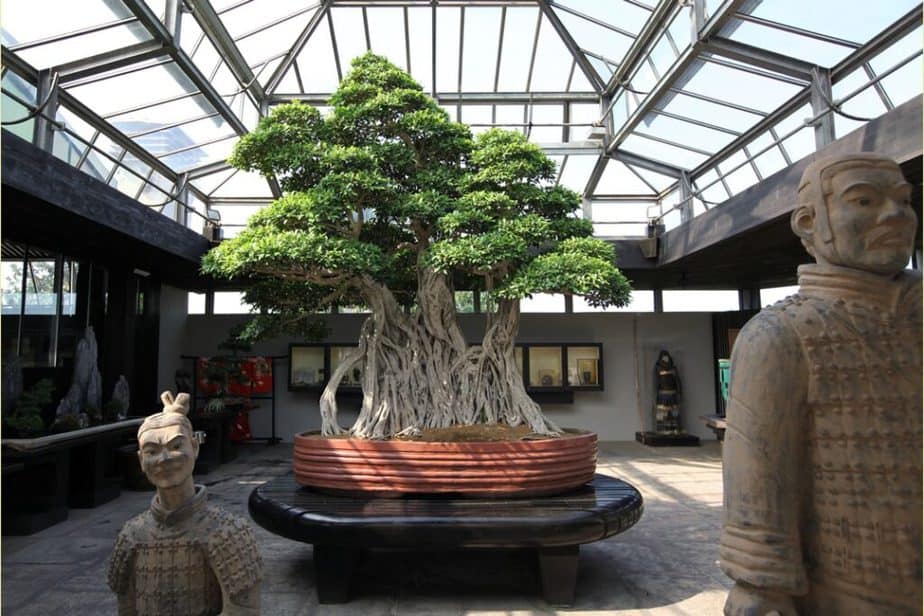
Located in the Crespi Bonsai Museum in Italy, this Ficus Retusa Linn is estimated to be over 1000 years old. As the oldest known bonsai tree in the world, it is priceless.
This bonsai was moved to Italy in 1986 after ten years’ worth of negotiating. It is potted in the largest bonsai pot in the world.
Since arriving in Italy, numerous important collectors and Bonsai lovers have asked to purchase it, but Luigi Crespi has said that the tree is linked to both his family and business, and therefore cannot leave its home.
2. Juniper Bonsai
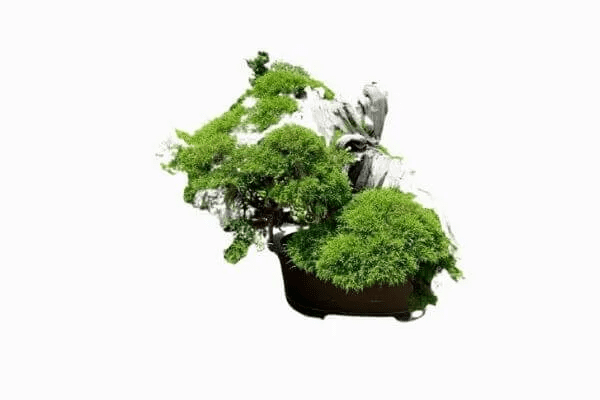
Recognized as one of the rarest and oldest Bonsai trees in the world, this Juniper Bonsai lives in the Mansei-en Bonsai Nursery in Japan and is the property of the Kato Family.
The ancient tree was reported to have been found in a forest in Japan. The Kato family has taken care of this over 1,000 year old Juniper Bonsai for over a century.
This Juniper Bonsai is considered to be among the most expensive bonsai trees in the world with an estimated value of over $2 million.
Learn more in this in-depth guide on Juniper Bonsai Care.
3. Old Pine Bonsai Tree
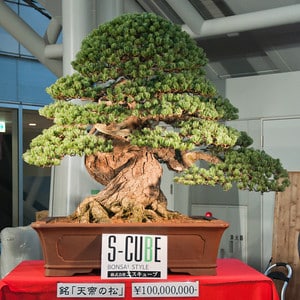
Pine trees are common and found on all continents. A pine that is estimated to be centuries old was sold in Japan at the International Bonsai Convention in Takamatsu for $1.3 million dollars.
It features a thick twisted trunk with gnarled bark. This white pine is perfectly proportioned and measures less than one meter in height (3.2 feet tall).
4. ShunkaEn Bonsai
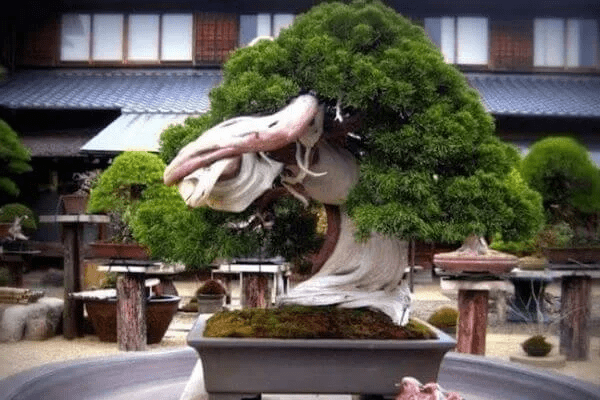
Located in Japan’s ShunkaEn Bonsai Museum, this bonsai is the property of Kunio Kobayashi, one of the most famous bonsai masters internationally.
It is estimated to be more than 800 years old, which makes it one of the oldest bonsai plants in existence. The design of the tree is unique and impressive, adding to its value. It is estimated to be worth over $750,000.
5. Shimpaku Juniper
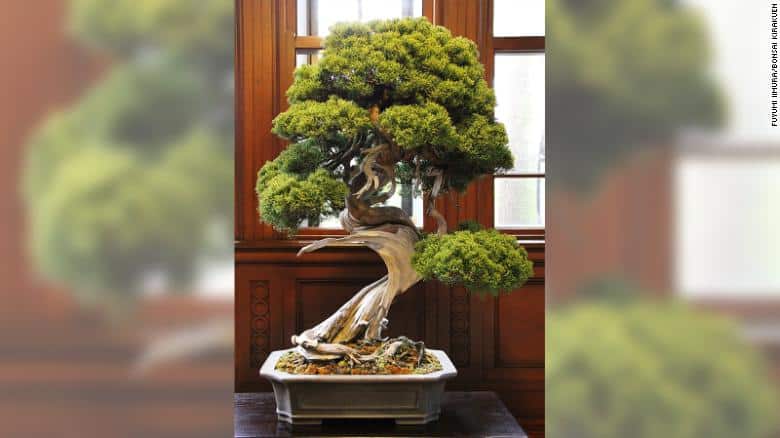
The Shimpaku Juniper Bonsai Tree is estimated to be at least 400 years old. This tree belonged to Seiji Limura and Fuyumi Limura. It was once stolen from their garden with six other bonsai trees.
Seiji Limura is a bonsai master. He is a fifth-generation master with his family’s practice dating back to the Edo period from 1603 to1868. This Juniper bonsai was last valued at over $120,000.
6. Sandai Shogun no Matsu
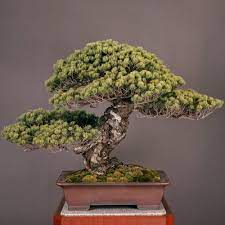
This five-needle pine tree is considered to be over 500 years old and was once housed in the Imperial gardens where Japan’s Emperors cared for it. It can now be seen in Japan’s Imperial Palace in Tokyo.
This bonsai is named for Shogun Tokugawa Lemitsu, who possessed this tree when it was already 200 years old.
7. Yamaki Pine Bonsai
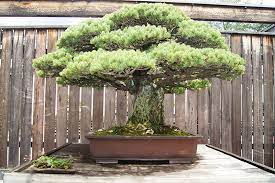
The Yamaki Pine Tree is estimated to be 400 years old and is quite famous for surviving the Hiroshima atomic bomb. In 1976, Masaru Yamaki gifted the tree to the United States for the bicentennial celebration.
This remarkable tree can now be found in Washington, D.C. Due to its age, beauty, and incredible history of survival, it is one of the most expensive bonsai trees in the world.
8. Shohin Bonsai
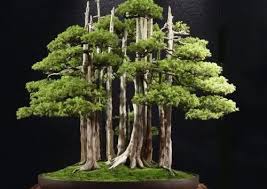
Known as the “Protector of the Spirits”, the Shohin Bonsai was created by John Y. Naka. He began cultivating it in 1948.
The tree’s value is due to its unique design. It resembles a miniature forest with eleven trees that are of various heights and sizes.
In 1984, this bonsai was gifted to the National Bonsai Foundation of the United States by Bonsai Master Naka and is now on display in the National Arboretum.
9. Silvestris Pine Bonsai
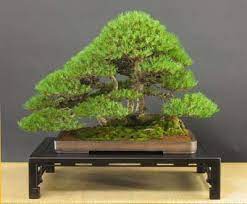
The Silvestris Pine Tree is a miniature Bonsai that’s a creation of bonsai master Stefano Frisoni. It is not as old as other valuable bonsais, but its beauty and design have earned it a place among some of the most valuable and expensive bonsai trees in the world.
10. Azalea Flowering Bonsai
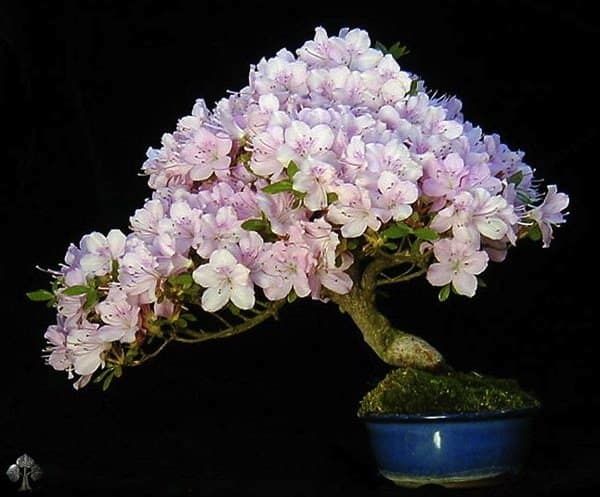
Flowering bonsais are particularly well-loved for the pink flowers that they bring to any location, and they are quite popular with bonsai creators and enthusiasts.
This Azalea Flowering Bonsai by Wolfgang Putz is truly unique for its very small size that measures no more than roughly five inches in height, and it is cultivated in the tiniest of pots.
Its tiny size and delicate beauty have earned it a place among the most expensive bonsai trees in the world.
Most Expensive Bonsai Trees Final Thoughts
Bonsai tree prices will reflect the age of the tree, the species, and all the care and expertise put in, not only to keep the tree alive, but to better its design. Very old bonsai are extremely rare and are recognized by their tapered trunks and a mature appearance.
Daily dedication, water, sunlight, and nutrients are needed for a bonsai’s survival and these trees are passed down from one generation to the next. Despite the price ranges attached to some of these trees, these bonsais are invaluable, and no amount of money can truly reflect their inestimable value.
Check out other Bonsai articles to learn more about them:
- How Much Are Bonsai Trees?
- Most Popular Bonsai Tree Varieties
- Can Bonsai Trees Be Poisonous to Cats?
- How to Fertilize Bonsai Trees
- How Tall Do Bonsai Trees Get?
- How to Choose Bonsai Scissors
Expensive Bonsai Trees FAQS
How much is a 400-year-old bonsai tree worth?
The price of a 400 year old bonsai tree can range from $50,000 to over $500,000. The bonsai’s worth depends on the age, design, and care that was given it. An example of a 400-year-old Japanese Bonsai Tree is the Shimpaku Juniper Tree that was worth over $120,000 back in 2019. These trees are very rare and hard to find. They take years to mature and are extremely expensive to buy.
How much does a 500-year-old bonsai tree cost?
A 500-year-old Japanese Bonsai Tree can cost up to $1 million dollars or even more. Bonsai trees are very expensive because they take years to mature. A lot of work goes into creating a bonsai tree from seed. They must be taken care of daily, and they require constant pruning.
Why a bonsai tree is so expensive?
Bonsai trees are expensive because they take years to mature. Bonsai trees are pruned and trained to grow into small trees. These trees are then placed in pots and kept in a special environment. Additional price factors include the tree types, and care and maintenance that are needed to give the bonsai its mature and tapered trunk design.
How much is a 20 year old bonsai tree?
A 20 year old bonsai tree can cost anywhere from $500 to $1,000. Bonsais trees are expensive plants because they take years to mature and require proper bonsai tree care for successful growth.


